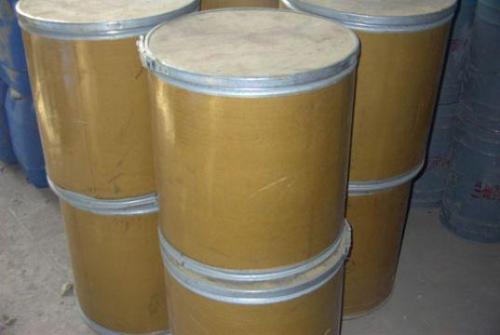
The Middle East region has long been relying on cheap and abundant ethane resources to expand its ethylene production capacity on a large scale and it is extremely competitive in the international market. However, due to the recent shortage of light raw materials such as cheap ethane in the Middle East and the multiple challenges of US shale gas and Chinese coal to olefins, the cost advantage of ethylene in the Middle East is gradually disappearing.
According to the US "Chemical Weekly" report, since the early 1980s, with cheap and rich raw material resources such as oil-associated gas and a favorable geographical position between Asia and Europe, ethylene producers in the Middle East have enjoyed enormous cost advantages and become global The main production and export areas of ethylene and plastic products.
As we all know, ethylene raw material is the most important factor affecting the cost of ethylene, ethane and other light raw materials as ethylene raw materials, the raw material cost is only 30% to 40% of naphtha; and naphtha as the raw material of ethylene yield Only 30% to 31%, while the ethylene yield from ethane in the Middle East is as high as 82%. Therefore, ethane feedstock is a win-win for ethylene in the Middle East. More than two-thirds of the raw materials in the Middle East come from ethane.
However, the advantages of raw materials for ethylene in the Middle East are disappearing, and even the shortage of raw materials continues to occur. On the one hand, the resources of associated gas in oil fields rich in ethane and other light hydrocarbons are gradually declining. Among them, Saudi Arabia has no surplus of cheap associated gas and its output no longer grows. On the other hand, in recent years, a large number of construction sites in the Middle East have Alkaline cracker to accelerate resource consumption. In 2010 alone, the region added 6.6 million tons of ethylene per year, half of which came from Saudi Arabia; in 2012, the Middle East’s ethylene production capacity accounted for 14.4% of the world’s total production capacity, equivalent to 21.7 million tons, and production capacity continued to increase in the past two years. . At the same time, the demand for resources in many projects such as power generation, seawater desalination, various types of petrochemical projects, LNG, and natural gas oil production in the Middle East is also rapidly increasing, while lighter hydrocarbon resources such as natural gas and ethane have been underpriced for too long and accelerated. Resource consumption. With increasing shortage of resources, new petrochemical projects in the Middle East have become less and less. Analysts believe that the Middle East will no longer build large-scale petrochemical projects as it did in the past decade. At present, the new steam cracking project using ethane as raw material is basically stagnant.
Guangzhou Jointair Co., Ltd. , https://www.jointair.cn